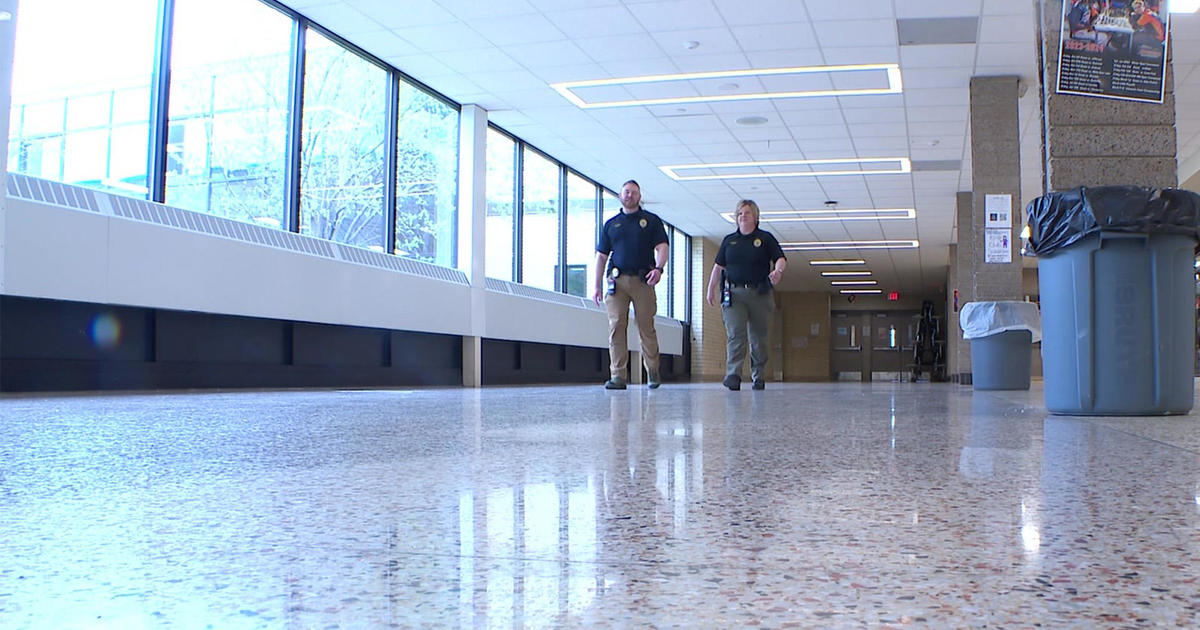Good Question: How Do Microwaves Work?
MINNEAPOLIS (WCCO) – With Thanksgiving leftovers galore, microwaves are sure to get a workout this weekend.
But, how do these appliances heat our food so quickly? How exactly do microwaves work? Good question.
"The microwave oven is kind of a unique technology. It's very simple," E.J. Daigle, dean of robotics and manufacturing at Dunwoody College of Technology, said.
Inside the microwave is a magnetron vacuum tube. That magnetron emits an electromagnetic signal, microwaves, which are reflected in the interior of the oven and used to heat the food.
"As that energy enters the food, the water molecules inside that food rub together," Daigle said. "So, that energy is constantly shaking those molecules, rubbing them together at a high rate. And as they rub together, friction creates heat and heat heats up your food."
That differs from a convention oven which creates a hot chamber and the food is heated from the outside to the center.
The first patent for a microwave came in 1945 from Raytheon after Percy Spencer, a scientist working on radar systems for the war, had a candy bar in his pocket. The story goes the microwave energy nearby melted the candy bar.
Metal is a no-no for microwaves because the material reflects the microwaves.
"What happens on a metal fork is that it doesn't have water molecules in it like your food would have, so electrons build up on the edges of the fork," Daigle said. "And if you leave it in there long enough, it'll set fire."
Since 1971, the FDA has regulated the manufacturing of microwaves.
Over their lifetime, microwaves are only allowed to emit a small amount of radiation, far below levels that are dangerous.
According to the FDA website, "although FDA believes the standard assures that microwave ovens do not present any radiation hazard, the Agency continues to reassess its adequacy as new information becomes available."



